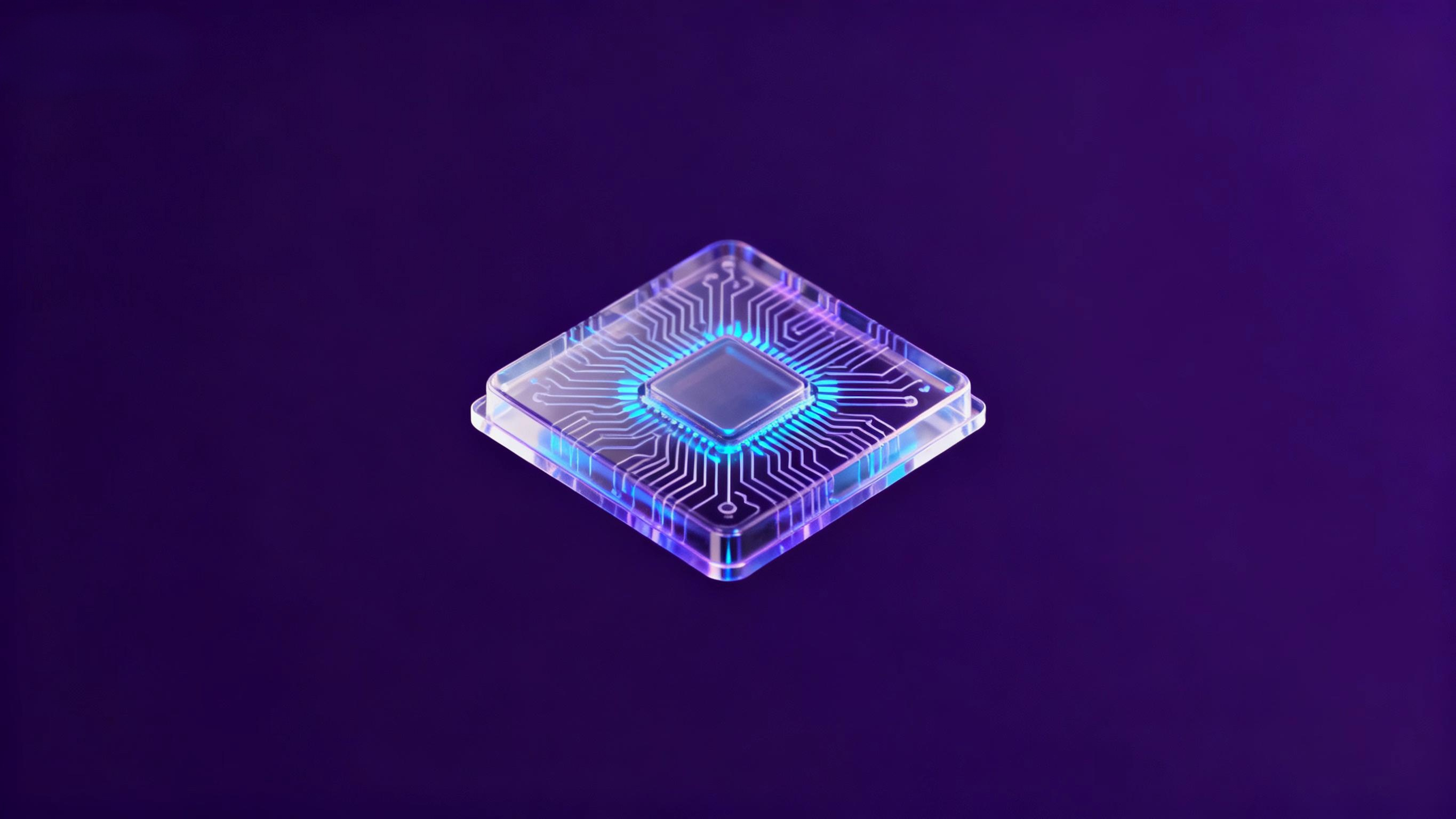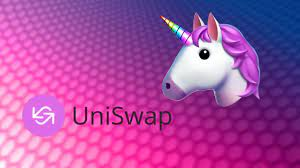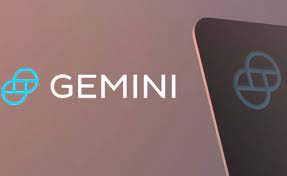
Following the MCP and A2A protocols, Google has once again unveiled a groundbreaking solution—the Agent Payments Protocol (AP2), aimed at bridging the final mile for AI Agent: payment capabilities. On the surface, this further enhances the autonomous execution power of AI Agent, but it also brings a sense of helplessness—it still largely belongs to the Web2 system and has limited connection to Web3AI.
To understand AP2, one must first look at the "gap" it fills. The MCP protocol enables AI Agent to connect to external data and tools, A2A addresses multi-Agent collaboration, while AP2 provides the ability for value exchange. Suppose an AI Agent has already booked your flight, hotel, and rental car but ultimately cannot make the payment—the entire chain becomes meaningless. AP2 emerges to complete this closed loop.
On the technical front, the highlight of AP2 is its "Mandates" mechanism, which includes real-time authorization and delegated authorization. The former requires immediate user confirmation, while the latter executes automatically based on preset conditions, such as "place an order immediately when iPhone 17 drops below 5,000 yuan." These rules are signed as tamper-proof digital contracts through verifiable credentials (VCs), ensuring a secure and auditable process. More notably, Google has also collaborated with Coinbase and the Ethereum Foundation to develop the "A2A x402" extension, enabling AI Agent to directly handle crypto assets like stablecoins and ETH, thereby integrating with the Web3 payment ecosystem.
However, the true appeal of AP2 lies not in its individual technical points but in the combination of MCP + A2A + AP2. It forms a complete chain for AI Agent from analysis to execution to payment, unlocking more potential scenarios: 24/7 intelligent investment trading, automated corporate procurement, and even Agent-to-Agent economic collaboration. Google is not going it alone but has partnered with over 60 ecosystem players, including crypto giants like MetaMask and Sui, unleashing even greater imagination.
So, does this mean Web3AI has no chance? Not really. AP2 is more of an upgrade to the traditional authorization framework, while Web3AI follows a path of decentralized asset custody, on-chain verification, autonomous trading (DeFAI), on-chain identity and reputation systems, and even DAO governance, aiming for more thorough autonomy and censorship resistance. The relationship between the two may not be competitive but complementary: as users gradually become accustomed to AI Agent payments in Web2 scenarios, they will also be more receptive to Web3AI's native asset management and innovative applications.
In other words, Google has filled the payment piece of the puzzle for AI Agent, but the stage for Web3AI remains vast.
















